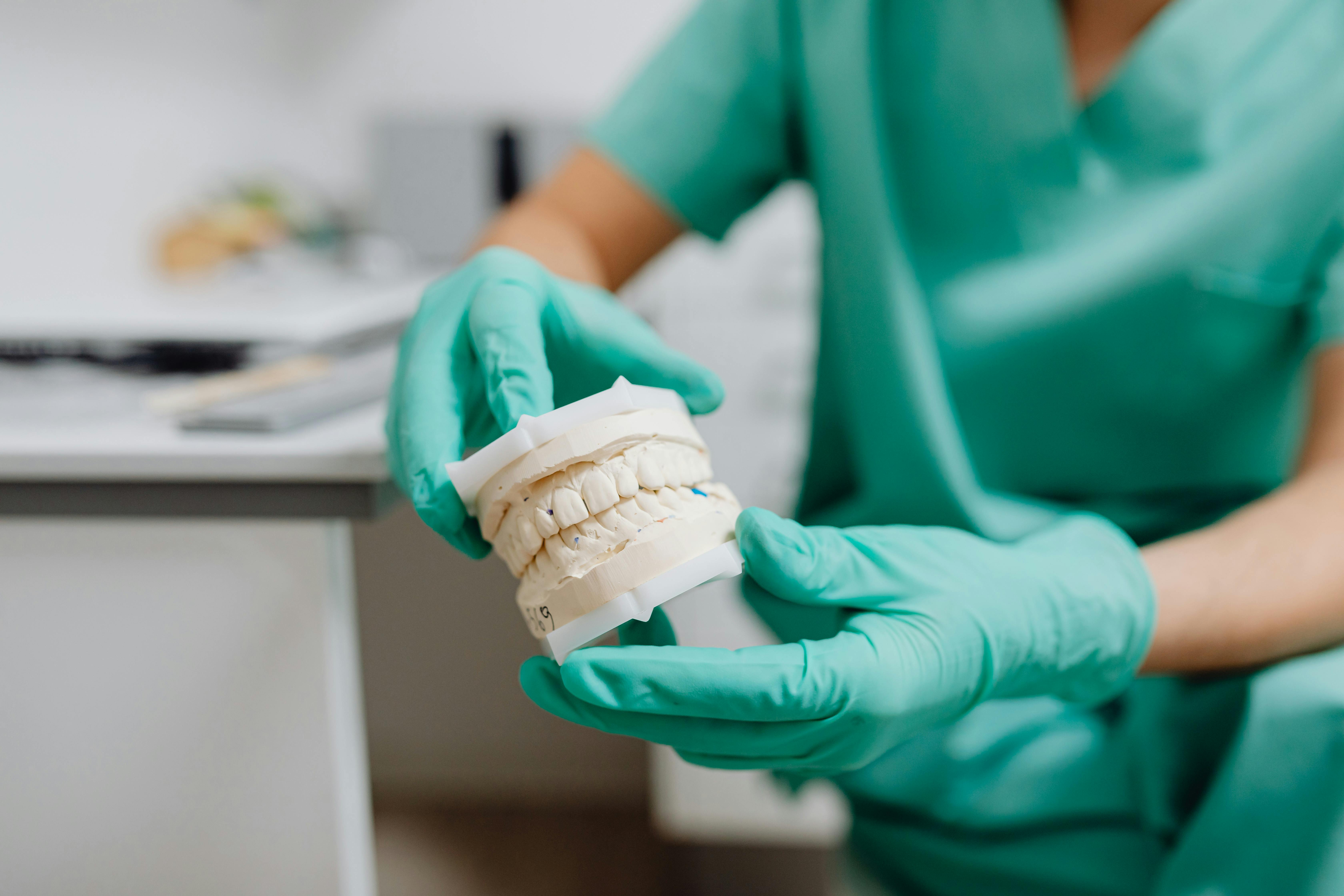Resources for dental hygienists
Your hands are your livelihood as a dental hygienist. Every day, your hands perform hundreds of precise, repetitive movements, and that puts you at serious risk for carpal tunnel syndrome (CTS). From smart ergonomics to equipment choices, exercise routines to work habit adjustments, there are preventive measures at your disposal to protect your hands and extend your career.
What is the Carpal Tunnel Syndrome in Dental Hygiene?
Carpal tunnel syndrome (CTS) occurs when the median nerve, responsible for sensation in most fingers and fine motor control, gets compressed as it passes through the wrist. Repetitive hand movements can irritate surrounding tendons, increasing pressure on the nerve and leading to symptoms like numbness, tingling, wrist pain, reduced grip strength, and difficulty with precision tasks. These symptoms often worsen at night and can interfere with sleep.
Dental hygienists are particularly at risk. One study found that 75% of hygienists showed signs of CTS, with over half reporting classic symptoms. According to the American Journal of Industrial Medicine, 8.4% of hygienists are formally diagnosed with CTS, and risk increases significantly with more years in the field.
Why Dental Hygienists Are at Higher Risk
Scaling, root planing, and polishing require repetitive motions and high pinch force—activities that strain the wrist and compress the median nerve. Narrow-handled instruments intensify this strain by forcing a tighter grip. Research shows that instruments with wider, tapered handles (around 10 mm in diameter) reduce muscle load and pinch force.
Additional risk factors include poor posture, awkward wrist angles, lack of breaks, and non-ergonomic equipment. Maintaining a neutral wrist position (5° flexion to 35° extension), taking microbreaks, and using properly designed chairs can help reduce strain. Studies using EMG technology have confirmed that ergonomic instruments reduce muscle stress during periodontal procedures.
How to Prevent Carpal Tunnel in Dental Hygiene
Ergonomic Techniques
Focus on wrist alignment; keep your wrists in a neutral position, aligned with your forearms. Adjust the patient's chair and head position to maintain a good posture. Use a light, relaxed grip and let your forearm muscles do the work, avoiding strain on smaller hand muscles.
Exercise and Stretching
Regular hand and wrist exercises help maintain flexibility and strength. Stretch your fingers and thumbs, and use stress balls or hand grippers to build endurance. Incorporate short stretching routines before, during, and after your shift to reduce cumulative strain.
Ergonomic Tools and Equipment
Choose instruments with wider, tapered handles to reduce hand fatigue. Lightweight, cordless devices, such as ultrasonic scalers and polishers, reduce repetitive motion stress. Select gloves that fit properly to avoid restricted movement. Use ergonomic seating that supports proper posture throughout procedures.
Practices that invest in ergonomic tools and support shared workloads help reduce physical stress on individual hygienists. When tools and teamwork align, it's easier to protect your hands and extend your career.
The Role of Breaks and Work Routine Management
Short, regular breaks can significantly reduce the risk of musculoskeletal disorders (MSDs) among dental hygienists. Studies indicate that taking microbreaks as brief as 30 seconds every 20 minutes can alleviate pain and fatigue experienced during dental procedures. These brief pauses allow for posture resets, hand stretches, and tension release without compromising productivity.
Diversifying daily tasks can also mitigate strain. Alternating between patients who require heavy scaling and those who need maintenance procedures can help distribute the physical workload more evenly. Incorporating administrative duties between clinical tasks and varying between sitting and standing positions throughout the day can further reduce the risk of repetitive stress.
Equipment choice plays a crucial role in hand health. Instruments with wider, textured handles (approximately 10 mm in diameter) have been shown to require less muscle load and pinch force, thereby reducing the risk of hand fatigue. Maintaining sharp instruments minimizes the force needed during procedures, and using cordless, lightweight polishers can decrease hand strain.
Professional Support and Tools
Seeking professional ergonomic assessments can provide personalized recommendations to improve workstation setup and technique, potentially reducing the risk of MSDs. Organizations like the American Dental Hygienists’ Association offer resources, including ergonomics workshops and online courses, to support dental professionals in maintaining musculoskeletal health.
Stay Healthy and Happy at Work
Carpal tunnel syndrome doesn’t have to define your dental hygiene career. By adopting ergonomic techniques, using better equipment, taking regular breaks, and staying informed about prevention strategies, you can protect your hands and your professional future.
CTS risk increases significantly after a decade in practice, reflecting the cumulative effect of strain over time. Investing in prevention is far less costly than treatment, lost workdays, or the difficult choice to leave the profession. Taking care of your hands safeguards your health, supports productivity, and opens doors to career advancement within dental hygiene.
For dental practices and professionals looking for additional support, Teero offers flexible staffing solutions that help manage workloads while prioritizing clinician wellbeing. This balance can make all the difference in sustaining a healthy, thriving dental team.


